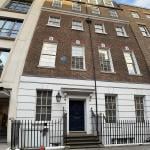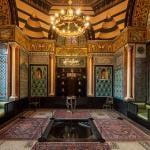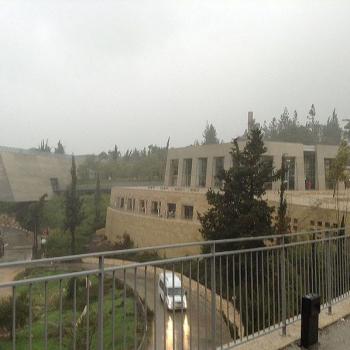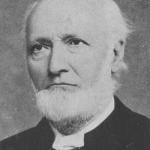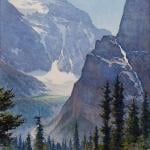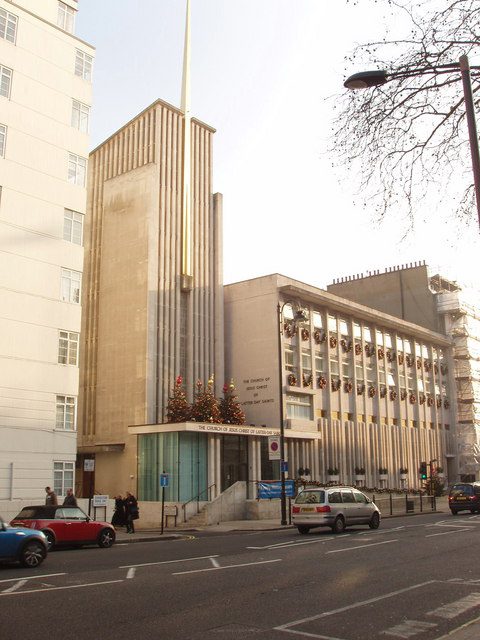
We attended church at the Hyde Park Chapel on Exhibition Road this morning. What a marvelous location! It’s very near to the Victoria and Albert Museum, the Natural History Museum, the Science Museum, Royal Albert Hall, and the Albert Memorial.
Every time I’ve attended sacrament meeting at Hyde Park, I’ve run into interesting people. One significant occasion was in 2012, which was probably the worst year of my life thus far. My parents were already gone by that time, but my brother, my only sibling, had just died suddenly and unexpectedly. We were leading a cruise tour around the British Isles that he and his wife were to have been on, which was deeply saddening to me. And, between his death and the tour, the ugliness at the Maxwell Institute had occurred. There at the Hyde Park Chapel, we ran into Governor Gary Herbert of Utah, and he and members of the trade delegation that he was leading joined our tour group after the meeting. Elder Quentin Cook of the Quorum of the Twelve was also there, for completely unrelated reasons, and to my surprise, he sought me out after the meeting, took me aside, and offered me some extraordinarily comforting and encouraging words. I virtually floated out of the building. I’ll always be grateful to him for his kindness.
Today, we ran into Elder Lew Cramer and his wife, Barbara Welch Cramer (Jack Welch’s sister), whom I’ve known for many years. Lew was part of Governor Herbert’s trade delegation back in 2012, and now they’re here in London serving a special public affairs mission. I also ran into Cecilia Peek, who is almost midway through a five-year term as director of BYU’s London Centre. And former Arizona Senator Jeff Flake was also visiting today, on a matter that Lew Cramer explained to me. The last time I encountered Senator Flake was in Istanbul back in mid-October 2023, when he was still the United States ambassador to Türkiye. The tour group that we were leading at the time visited for a little while with him and his wife in the area between the Sultanahmet Mosque and the Hagia Sophia.
Leaving the Hyde Park Chapel, our group went over to St. Paul’s Cathedral, where we walked around Sir Christopher Wren’s architectural masterpiece. Lector, si monumentum requiris, circumspice, reads the inscription on his tomb within the Cathedral. “Reader, if you seek his monument, look around you.” This refers, I expect, not merely to St. Paul’s but to the many buildings that he designed throughout the city, especially the more than fifty churches that were rebuilt after the Great Fire of London in 1666.
We spent considerable time in Paternoster Square and visited the Stationers Hall, not far from St. Paul’s, where the English copyright for the Book of Mormon was registered by the apostles in 1840-1841 and where Wilford Woodruff secured the copyright for the Doctrine and Covenants against an ex-Latter-day Saint’s conspiracy to steal it for himself (and, thus, to deny it to the Church).
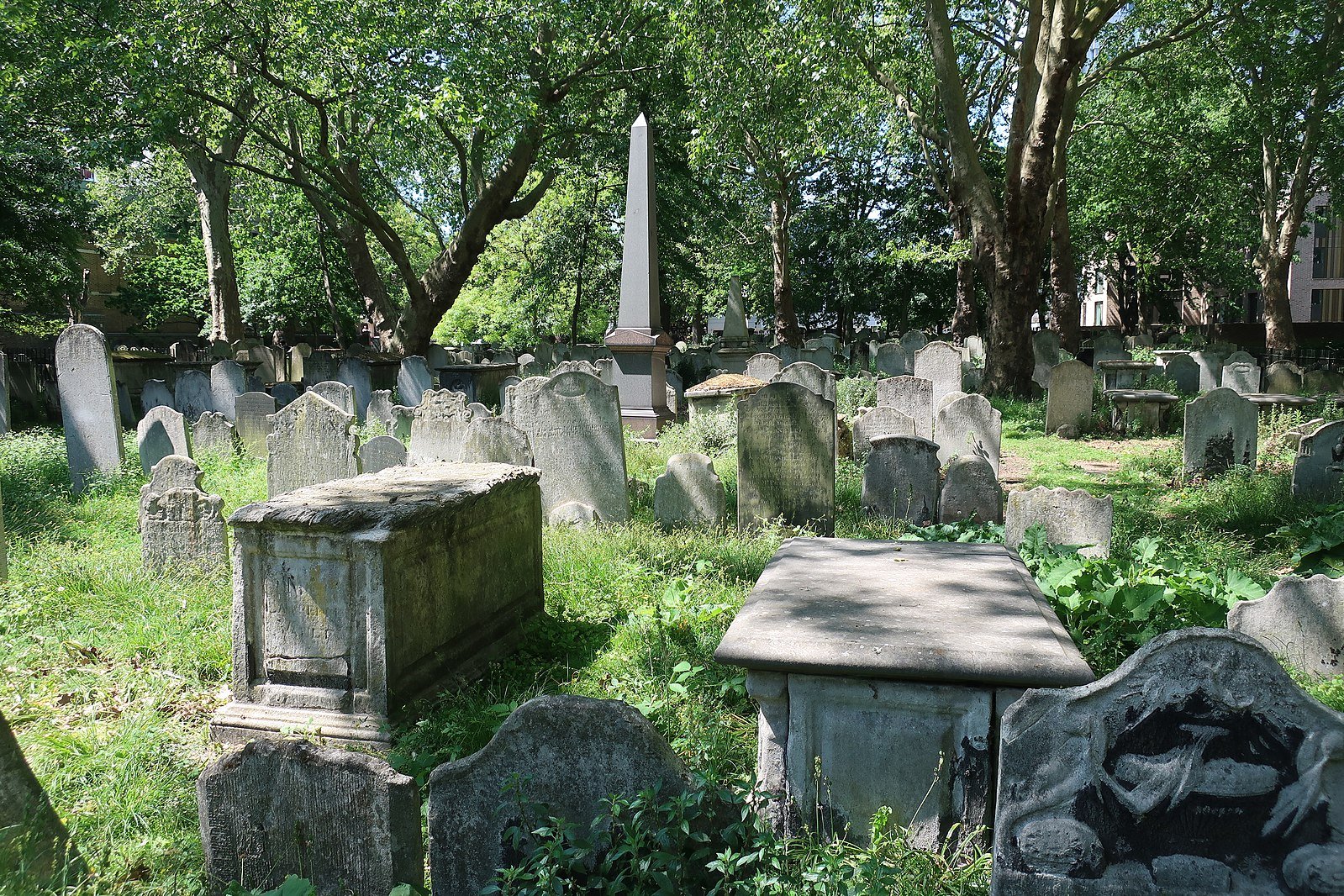
Leaving the area of St. Paul’s, we went to a place called Bunhill Fields or Bunhill Row. The name is thought to derive from “bone hill,” which, in turn, is likely connected the use of the spot for the mass-deposit of human bones — perhaps more than 1,000 cartloads of them — that were brought from St Paul’s charnel house when that structure was razed in 1549. The dried bones were deposited on the moor and then covered over with just a thin layer of soil.
First, we visited a still-functioning Quaker chapel, which stands adjacent to a former burial ground that belonged to the Society of Friends (that is, to the Quakers) and that was in active use from 1661 to 1855. Among the many thousands of Quakers who are thought to be buried there — no grave markers exist — is George Fox, one of the founders of the Quaker movement. (In an entry here just the other day, I alluded vaguely to a vision that he claimed to have, in which he saw a large number of people clothed in white on Pendle Hill, above Downham, waiting to be “gathered.”)
Another cemetery, much larger, is located directly adjacent to the Quaker burial ground. It contains over 2,000 tomb markers or monuments, but estimates are that, during its use as a burial ground from 1665 — when it commenced service as a common burial ground for the interment of victims of the plague, who were so numerous that they could not be accommodated in the available churchyards of London — until 1854, approximately 123,000 people were interred in it. Most of the graves were never marked, and most of the markers that were once there were destroyed during the Nazi bombing attacks on London in the Second World War.
Neither of these cemeteries were ever consecrated by authorities of the Church of England, so they could be used for burials of religious “dissenters” and “nonconformists,” who were barred from interment in Anglican church graveyards.
The Bunhill cemetery contains the graves of many notable people, including Susanna Wesley (died 1742), who is sometimes called the “Mother of Methodism” because of her sons John Wesley and Charles Wesley. John Bunyan (died 1688), the author of The Pilgrim’s Progress, is also buried at Bunhill, as are, very close together, Daniel Defoe (died 1731), the author of Robinson Crusoe, and the artist, poet, and mystic William Blake (died 1827). Not far from them is Isaac Watts (died 1748), who has often been termed the “Father of English Hymn-Writing.” (Think of the carol “Joy to the World,” and of hymns such as “Sweet is the Work” and “O God, Our Help in Ages Past.”). I didn’t learn until after we had left Bunhill that it is also the last resting place of the statistician Thomas Bayes (died 1761), he of the famous Theorem.
For more about both George Fox and William Blake (and about a very famous poem by Blake that has become an even more famous song), please see the column that I published in Meridian Magazine back on 12 June 2023 under the title of “Did Christ Visit England?”
When we left the Bunhill cemetery, we crossed the street to John Wesley’s home, which is adjacent to a very important Wesleyan Methodist chapel and a statue of Wesley. Elder Wilford Woodruff, of the Twelve, apparently passed by this area during his time in London as a missionary and an apostle to pay homage to the great Protestant forerunner of the Restoration and even, on occasion, to attend Methodist meetings.
Posted from London, England


